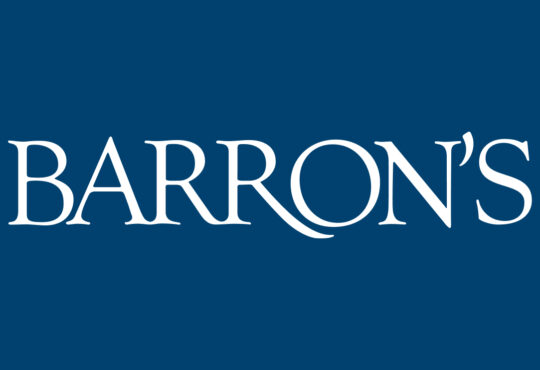
Having good partners will help you in times of trouble, and that was certainly the case for Korea’s Public Officials Benefit Association (Poba) during the Covid-19 pandemic.
As travelling around the world amid the pandemic became a challenge at best and impossible at worst, the crucial on-site due diligence of alternatives investments, especially within real assets like real estate and infrastructure, became a challenge in overseas markets.
Huh Jang, POBA
However, due to already established partnerships, the pension fund was able to continue its investment drive fairly unfazed by the pandemic, Huh Jang, chief investment officer at Poba, said after receiving AsianInvestor’s award for best regional asset owner.
Also read: Institutional Excellence Awards: How POBA excelled
“Over the period [of] Covid 19 travel restrictions from 2020 to 2022, we heavily relied on our outside partnerships for overseas investments in order to carry out due diligence,” Huh told AsianInvestor.
As of end-2022, Poba’s total assets under management (AUM) was almost W19 trillion ($16 billion), of which W13.8 trillion or 72.8% was allocated to alternatives.
NEW REALITY
Nowadays, Poba is aiming to evolve the partnerships along with the changing financial markets touting a higher interest rate environment, higher geopolitical risks, and a less predictable development of the Korean won against the US dollar.
At the same time, Poba has increased its focus on liquidity management within the fund. This move materialised after a tumultuous past year whereby the pension fund’s liquidity came under pressure from a perfect storm of global and domestic factors.
Also read: Korea’s POBA sold assets, tweaked hedging to weather 2022
“So far, we keep trying to make partnerships with overseas pension funds. Going forward, we also want to keep broadening these overseas partnerships with these institutions. But we need to take into account the liquidity situation and the environment changes,” Huh said.
He emphasised that it was pivotal to relate to these fundamental changes first, before deciding what to do about the partnering efforts.
“Also, even though our liquidity situation is much better than last year, partly because of the improved Korean won, we deployed too much money last year, so we very conservatively controlled new commitments. Right now, the liquidity condition has improved heavily,” Huh said.
PARTNERS IN PLACE
Poba has inked several partnerships with asset owners in the US and Europe, leading to joint ventures. In January 2020, for instance, Poba agreed with the California State Teachers’ Retirement System (Calstrs) to set up a $312.5 million joint venture (JV) into equities in US multifamily residential real estate.
The Korean pension fund and Danish pension fund PFA had previously announced in December 2019 the purchase of a €1.2 billion ($1.3 billion) portfolio on Europe’s real estate markets. The portfolio was bought in collaboration with German real estate investment manager Patrizia. PFA took up 55% of the equity with DKK2.6 billion ($385 million), Poba took 10% with €120 million, and a Patrizia fund vehicle acquired the remaining 35%.
In 2018, the public pension scheme launched $400-million joint ventures with Calstrs and the Teacher Retirement System of Texas (TRS), in order to invest in US real estate debt. Poba committed $200 million to each JV. In May the following year, it doubled its investment with Calstrs.
In 2022, Poba managed to expand on some of these partnerships. This included ventures with Calstrs into mezzanine investments in transitional assets, multi-family residential real estate, and distressed debt investments.
Furthermore, the pension fund made co-investments into niche sectors within private equity, including life sciences with AXA, US multi-family subordinated debt investments with two US state public employees pension funds, and real estate secondary investments with the New York State Teachers’ Retirement System (Nystrs).
Co-investments typically consist of multiple asset owners joining hands to source and invest into an asset or portfolio of assets, and then appointing a general partner (GP) or sponsor to help manage them. In some cases, the GP offers the investment opportunities to the LPs and commits capital to the deals too, via its funds. Since the LPs assume higher risks in co-investment deals than they would if investing into a GP fund, the management fees they pay to GPs are much lower.
¬ Haymarket Media Limited. All rights reserved.





